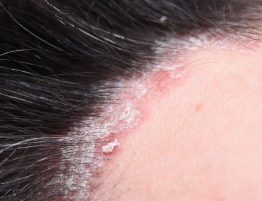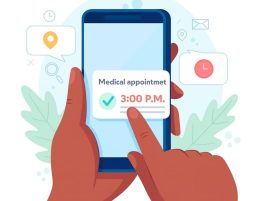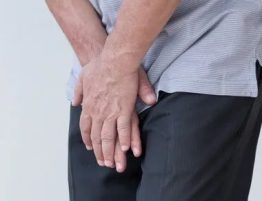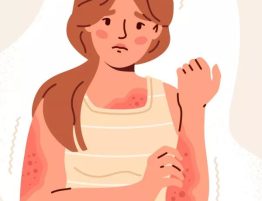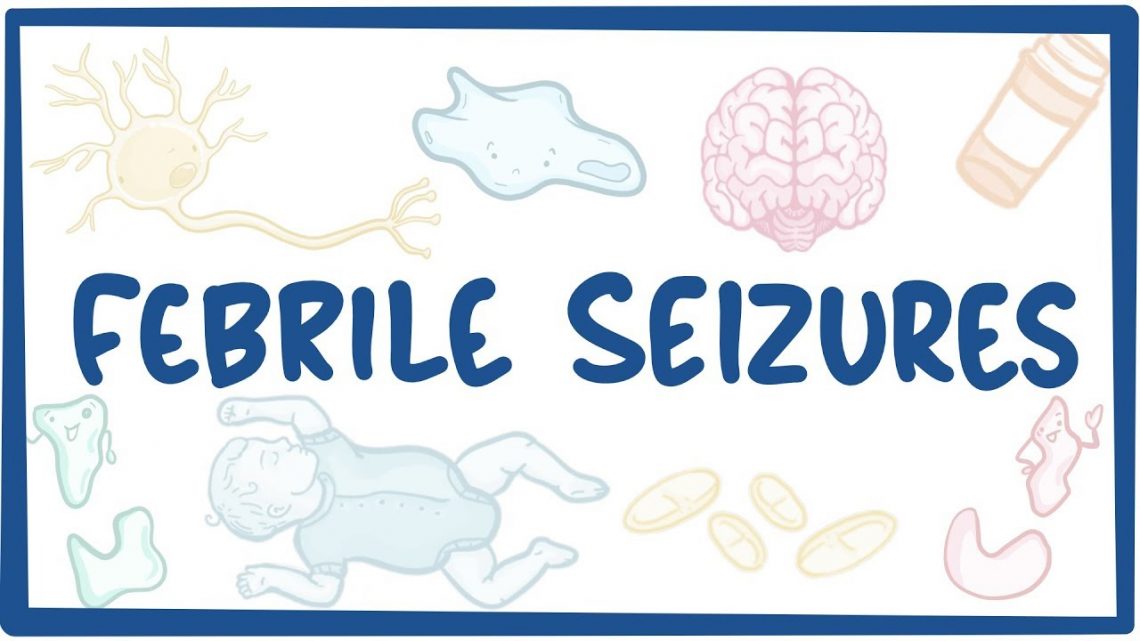
Febrile seizures usually occur in young children who are between the ages of 3 months to 3 years. They’re convulsions a child can have during a very high fever that’s usually over 102.2 to 104°F (39 to 40°C) or higher.
This fever will happen rapidly. The rapid change in temperature is more of a factor than how high the fever gets for triggering a seizure.
It can be frightening when a child has a febrile seizure, and the few minutes it lasts can seem like an eternity. Fortunately, febrile seizures are usually harmless and typically don’t indicate a serious health problem.
Symptoms
Usually, a child having a febrile seizure shakes all over and loses consciousness. Sometimes, the child may get very stiff or twitch in just one area of the body.
A child having a febrile seizure may;
- Have a fever higher than 100.4°F (38.0°C)
- Lose consciousness
- Shake or jerk arms and legs
Febrile seizures are classified as simple or complex;
- Simple febrile seizures – this most common type lasts from a few seconds to 15 minutes. Simple febrile seizures do not recur within 24-hour period and are not specific to one part of the body.
- Complex febrile seizures – this type lasts longer than 15 minutes, occurs more than once within 24 hours or is confined to one side of the child’s body.
Causes
Usually, a higher than normal body temperature causes febrile seizures. Even a low-grade fever can trigger a febrile seizure.
Infection – The fevers that trigger febrile seizures are usually caused by a viral infection, and less commonly by a bacterial infection.
Post-Immunization Seizures – The risk of febrile seizures may increase after some childhood immunizations. These include the diphtheria, tetanus and pertussis or measles-mumps-rubella vaccinations. A child can develop a low-grade fever after a vaccination. It is the fever that causes the seizure not the vaccination.
What To Do
If a child has febrile seizure, stay calm and;
- Gently place the child on the floor or the ground.
- Remove any nearby objects.
- Place the child on his/her side to prevent choking
- Loosen any clothing around the head and neck
- Watch for signs of breathing problems, including bluish color in the face.
- Try to keep track of how long the seizure lasts
Call for an emergency response if the seizure lasts longer than 5 minutes or the child is not breathing.
It’s also important to know what NOT to do during a febrile seizure;
- Do not try to hold or restrain the child
- Do not put anything in the child’s mouth
- Do not try to give the child fever-reducing medicine
- Do not try to put the child into cool or lukewarm water to cool off
When the seizure is over, call the doctor to examine the child. In most cases, no other treatment is needed. The doctor might order tests if the child is under 1 year old and has other symptoms, like vomiting or diarrhea.
What We Offer
We at Almurshidi Medical Tourism will find the best doctors to cater to your needs. We are partnered with a wide network of hospitals and clinics that provide top quality medical experience.
We provide free medical estimates, make medical appointments, and provide several medical opinions if needed at no cost.
Contact Us
For more information contact us at +66822004040 or via WhatsApp


